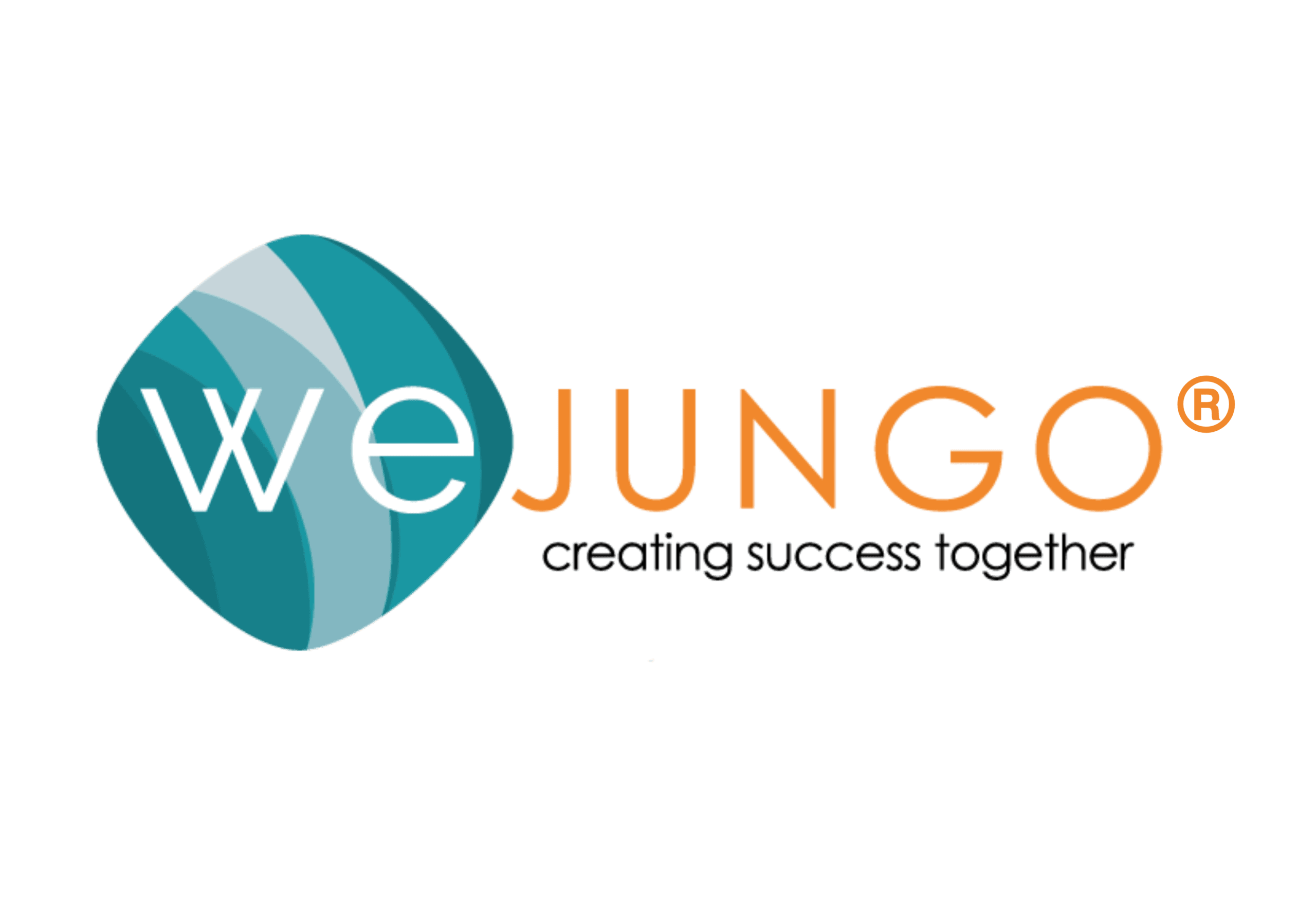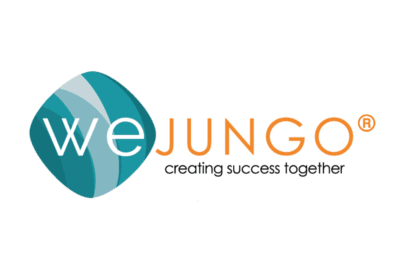AI in Talent Acquisition and Talent Strategy: Balancing Efficiency with Human Judgment
AI is reshaping hiring and talent strategy—with more speed, data, and scalability. But the real question is: What are we missing when AI does the heavy lifting? Because it’s on us—talent leaders and hiring managers—to ensure we don’t filter out potential stars or lose the essence of human connection.
Resume Screening: Smart, But Not Foolproof
AI resume-screeners quickly sift through hundreds of applications using keyword matching—a big timesaver. HRD Connect confirms these tools “evaluate a vast number of applications in a fraction of the time” normally spent manually.
But here’s the risk: rigid criteria might exclude candidates with transferable skills, unique backgrounds, or different phrasing. A recent University of Washington study showed AI ranked resumes with White-associated names 85% higher than those with Black-associated names.
Tip:
- Regularly audit the rejected batch.
- Manually review a sample of “no-go” resumes to check for buried talent.
- Tune filters to include synonyms and soft skills.
- Combine AI with human checkpoints

Predictive Analytics: Insightful but Historically Bound
Predictive analytics can forecast candidate success, turnover risk, and skills needs by analyzing past hiring data—Workday and Kula confirm these capabilities. Yet historical data often reflect past biases—schools, experiences, demographics—that AI learns to replicate. Without proactive checks, you risk automating old limitations.
Tip:
- Periodically review model outputs alongside real hires.
- Refresh datasets to reflect new diversity goals.
- Routinely ask: “Is AI channeling fresh perspectives or recycling old ones?”
Automated Communication: Efficient but Detached
Chatbots and scheduling tools improve candidate responsiveness—but they can strip away the personal touch. The Australian study flagged in The Guardian highlights how AI tools struggle to understand accents and speech nuances, impacting fairness.
Tip:
- Ensure every automated message includes a real person’s name and invitation to talk.
- Use chatbots for logistics—not last word communication.
- Set up live check-ins mid-process to reconnect.

Bias Mitigation: Necessary, Not Optional
Removing identifiers like name or gender helps but hidden cues (like college or location) still leak bias. Algorithmic bias is real: studies show AI can continue to favor white male candidates if not monitored.
Tip:
- Partner with vendors offering bias testing and audits.
- Implement “blind” filters (e.g. no names, schools).
- Regularly audit outcomes to flag demographic skew.
Human Judgment: Irreplaceable in the Loop
AI can crunch resumes and predict trends. But it still can’t assess attitude, courage, curiosity, or cultural fit. Wired’s Ethan Buchheit among others warns that relying too heavily on AI leads to “widespread discrimination” and hiring pitfalls.
Tip:
- Use AI as an assistant—never the sole arbiter.
- Train your team to spot exceptions and question odd AI decisions.
- Encourage interviewers to ask, “What surprised the AI—and why?”
Final Thoughts: AI Is a Tool, Not a Replacement
AI offers a powerful way to move hire workflows from slow and reactive to fast and systematic. But:
- Audit performance regularly
- Combine machine speed with human discretion
- Keep feedback loops active
- Ensure diversity and ethical compliance
AI has benefits like helping HR teams save time and respond quicker to candidates, but it can also screen out very qualified applicants when left unmonitored. Don’t get lazy, remember we are still hiring people not paper
This blog was written by Wejungo’s Talent Strategy Associate, Coke Macalalad
Key References:
Can AI Help to Unveil Hidden Talent?
AI Bias in Resume Screening: Race, Gender, and Intersectionality
AI Screening: Hype or Help in Volume Hiring?’
People Interviewed by AI for Jobs Face Discrimination Risks, Australian Study Warns











